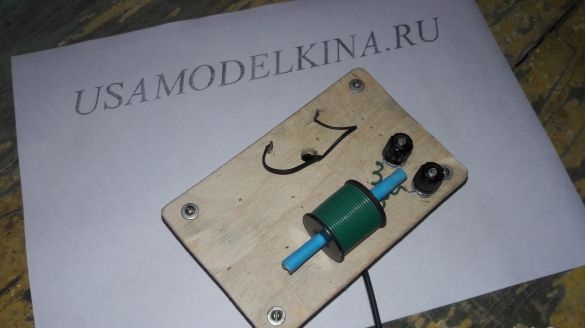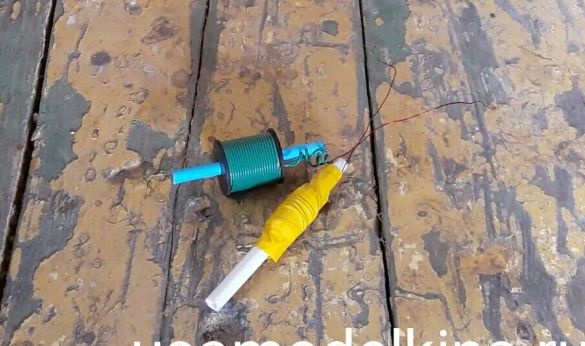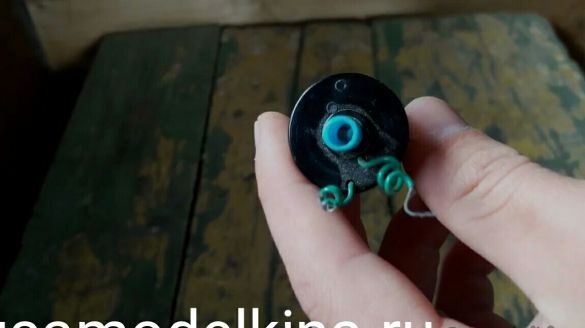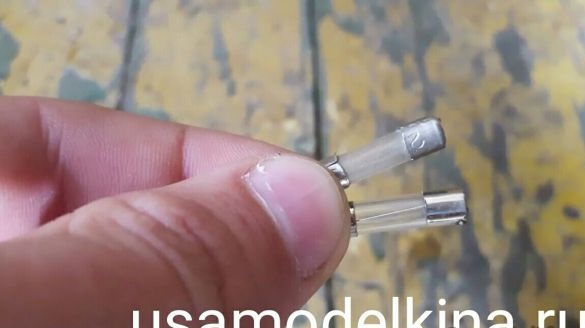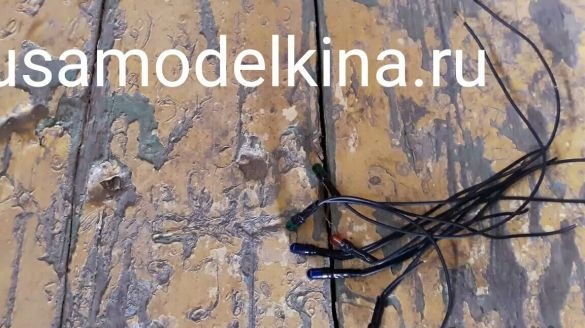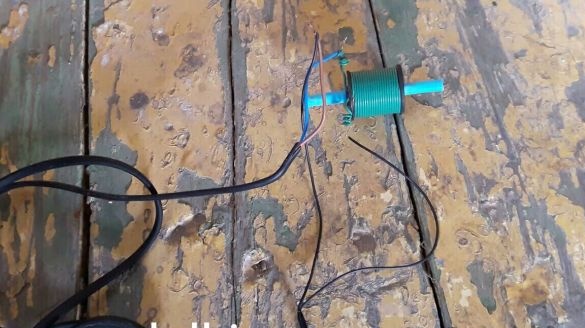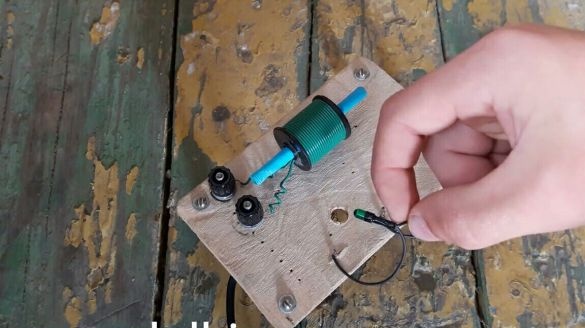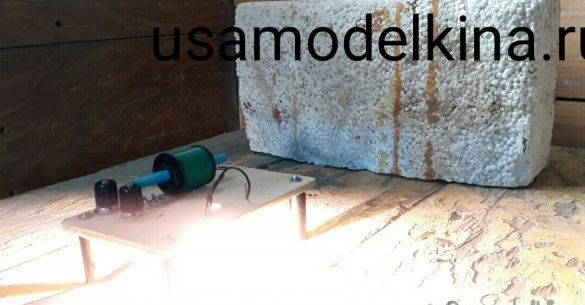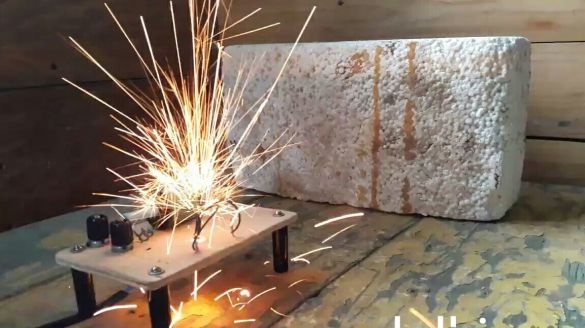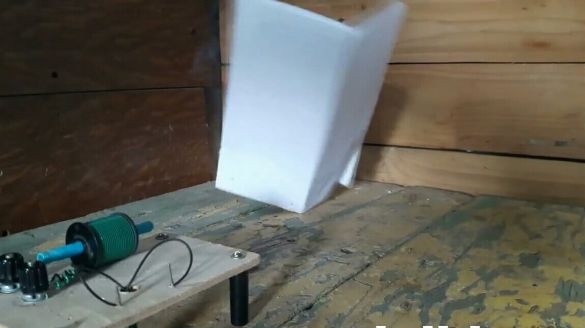Hello friends! Surely one of you has already read or personally encountered a Gaussian electromagnetic accelerator, which is better known under the "Gaussian Cannon."
The traditional Gauss gun is built using hard-to-reach or rather expensive high-capacity capacitors, and some strapping (diodes, thyristors, etc.) is required to perform proper charging and firing. It can be quite difficult for people who do not understand anything in radio electronics, but the desire to experiment does not allow to sit still. In this article I will try to talk in detail about the principle of the gun and how to assemble a Gauss accelerator simplified to a minimum.
The main part of the gun is the coil. As a rule, it is wound independently on a dielectric non-magnetic rod, which in diameter slightly exceeds the diameter of the projectile. In the proposed design, the coil can even be wound “by eye”, because the principle of operation simply does not allow any calculations. It is enough to get a copper or aluminum wire with a diameter of 0.2-1 mm in varnish or silicone insulation and wind 150-250 turns on the trunk so that the length of the winding of one row is about 2-3 cm. You can also use a ready-made solenoid.
When an electric current passes through a coil, a magnetic field appears in it. Simply put, the coil turns into an electromagnet, which draws in an iron shell, and so that it does not remain in the coil, when it enters the solenoid, you just need to turn off the current supply.
In classic guns, this is achieved through accurate calculations, the use of thyristors and other components that "cut off" the pulse at the right time. We will simply break the chain "when it works out." For emergency breaking of the electric circuit, fuses are used in everyday life, they can be used in our project, however, it is more advisable to replace them with Christmas tree lights. They are designed for low voltage power, therefore, when powered from a 220V network, they instantly burn out and break the circuit.
The finished device consists of only three parts: a coil, a network cable and a light bulb connected in series to the coil.
Many will agree that using a gun in this form is extremely uncomfortable and unaesthetic, and sometimes even very dangerous. Therefore, I mounted the device on a small piece of plywood. I installed separate terminals for the coil. This makes it possible to quickly change the solenoid and experiment with different options. For a light bulb, I installed two thin clipped nails. The ends of the bulb wires simply wrap around them, so the bulb changes very quickly. Please note that the flask itself is in a specially made hole.
The fact is that a large flash and sparks occur during firing, so I considered it necessary to take this "stream" a little down.
The projectile’s departure speed here is quite high, but he even breaks through paper with difficulty, sometimes iron bullets are driven into polystyrene foam.
If you wish, you can watch my video for this homemade. Perhaps you will find there something new that I did not mention in the article.
[media = https: //youtu.be/YnRrggUSAzg]
Have a good repeat!


